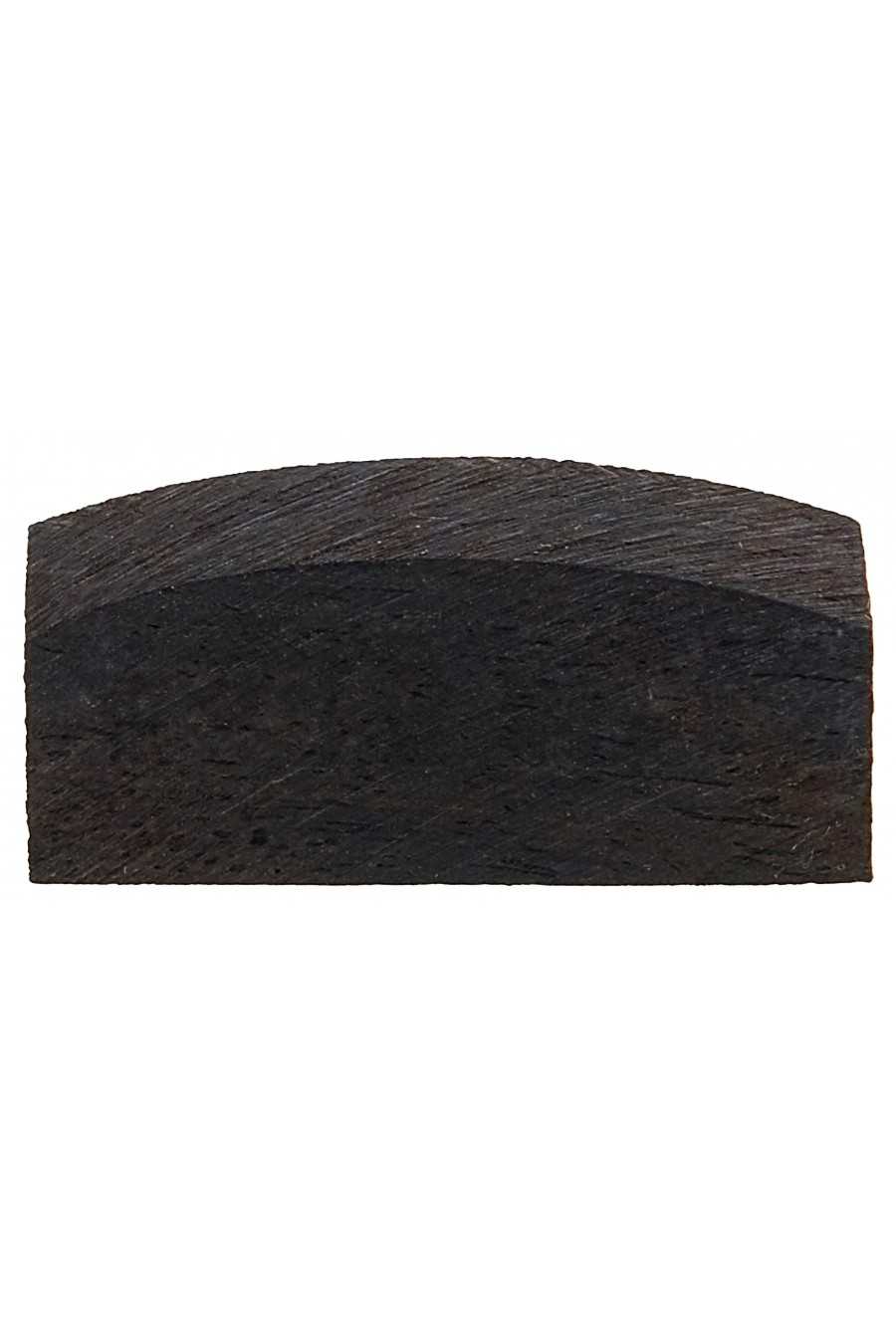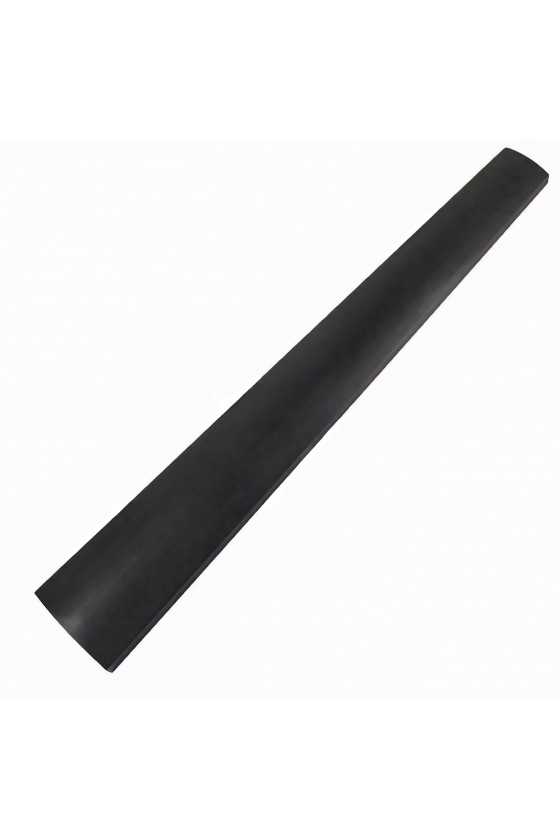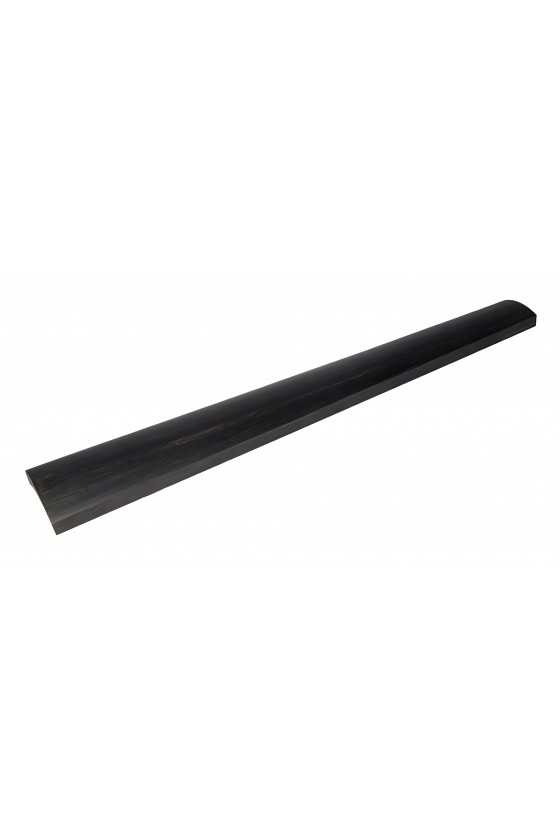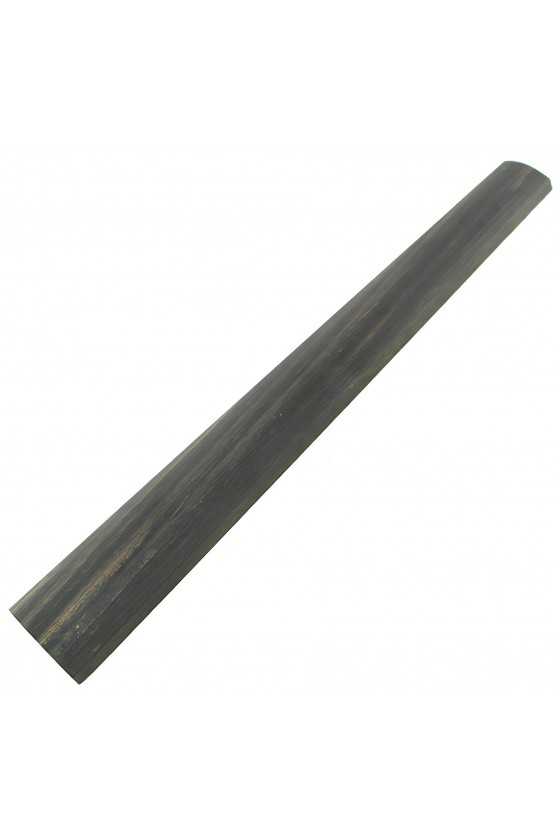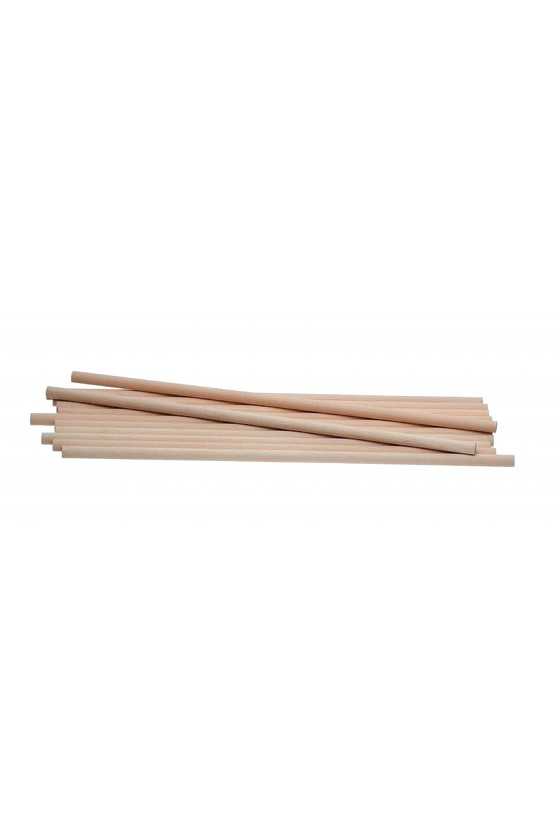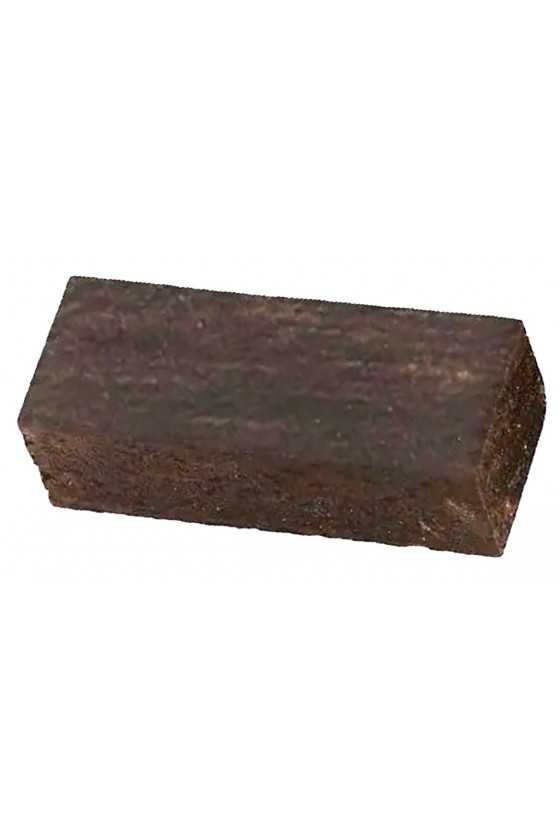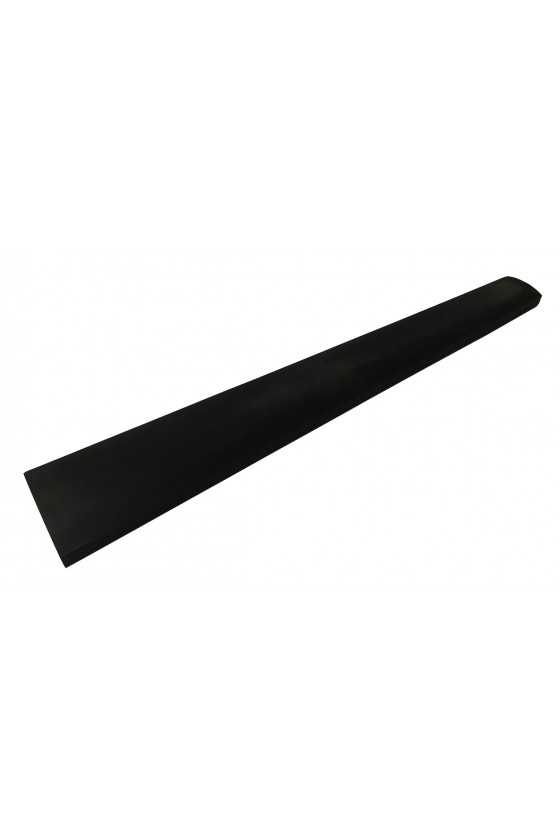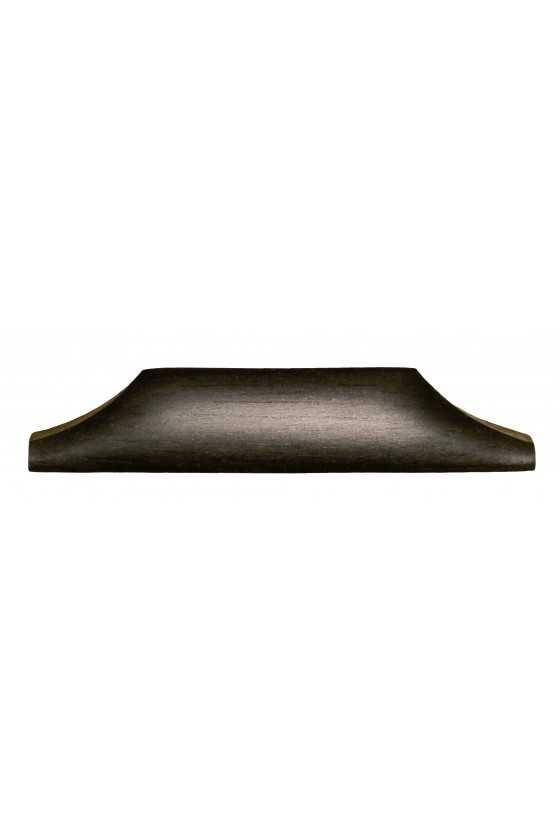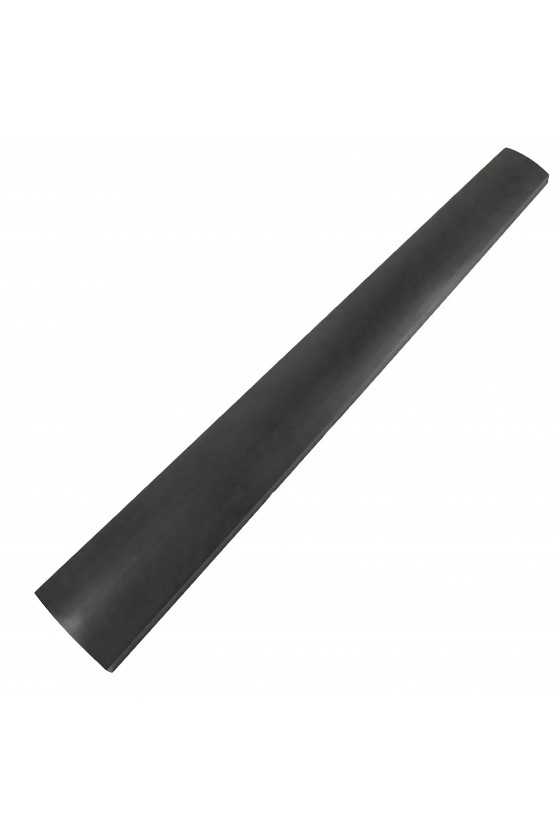Violin Ebony Fingerboard Nut -Shaped
The size is 27x13x7mm
On a stringed musical instrument, a high-quality nut is an essential component that is often overlooked. It is a small but crucial piece of hard material that supports the strings at the end closest to the headstock or scroll. The nut plays a vital role in the sound and playability of the instrument. It marks one end of the vibrating length of each open string and sets the spacing of the strings across the neck. Additionally, it usually holds the strings at the proper height from the fingerboard, which is essential for playing notes cleanly. Along with the bridge, the nut defines the scale lengths, or the vibrating length, of the open strings, which ultimately affects the instrument's intonation. Without a well-made nut, the instrument may not sound its best or be as easy to play.
Enhance your violin's performance and sound quality by upgrading it with our top-notch ebony violin nut. Our violin parts are crafted with the utmost precision and care to bring out the best in your instrument. Please browse our exclusive collection of premium string instrument accessories and discover the perfect fit for your violin. With our exceptional products, take your violin-playing experience to the next level!
